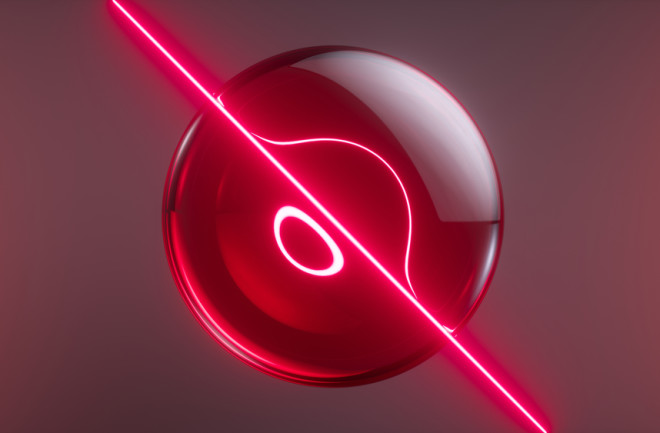The study of soap bubbles has captivated physicists for a long time due to their unique geometric properties, oscillating behavior, and stunning interference patterns on their surfaces. Many might assume that soap bubbles have nothing more to offer in terms of exotic physics and new applications beyond the bathtub, but they would be mistaken. Zala Potŏcnik and Matjaž Humar from the University of Ljubljana in Slovenia have discovered a way to transform soap bubbles into lasers, unlocking a world of potential possibilities for these humble entities.
To understand this breakthrough, let’s start with a brief overview of how lasers work. Lasers produce light by amplifying photons through a medium and utilizing an optical feedback process to ensure these photons pass through the medium multiple times. Surprisingly, soap bubbles meet all the requirements for laser functionality. To create a gain medium for amplifying light, Potŏcnik and Humar add a dye to the soap and water used to form the bubbles. They achieve optical feedback by directing laser light at an angle that grazes the bubble’s surface, causing the light to be trapped inside in a ring formation known as a whispering gallery mode.
Dye-doped soap and smectic bubbles, created using surfactants alone, are particularly useful in these experiments. Smectic bubbles arrange themselves into molecular layers, ensuring a consistent and controllable thickness for the bubble surface. Moreover, these bubbles are incredibly stable, allowing the researchers to study a single bubble for up to 30 minutes. Just like regular soap bubbles, they can also undergo lasing through the whispering gallery mode phenomenon.
The unique properties of bubble lasers have opened up exciting applications. For example, the lasing output is highly sensitive to any changes in the bubble’s size or shape. This sensitivity allows for the detection of minute size alterations, as small as 10 nanometers, in a millimeter-sized bubble. Consequently, anything affecting the bubble’s size can be detected using this technique. Potŏcnik and Humar have utilized their bubble lasers to measure changes in atmospheric pressure and electric fields, which influence bubble shape. By introducing magnetic nanoparticles into the bubble film, they believe they could even detect fluctuations in magnetic fields.
The researchers emphasize that soap bubble lasers represent a unique form of microcavity technology. These lasers have proven themselves to be exceptional microsensors for electric fields and pressure, surpassing other existing methods. The potential of these bubble lasers in sensitive measurements is intriguing, and their success paves the way for further groundbreaking innovations from Potŏcnik and Humar. Who knows, perhaps we’ll soon witness rubber ducks leading the charge in their future research endeavors!
